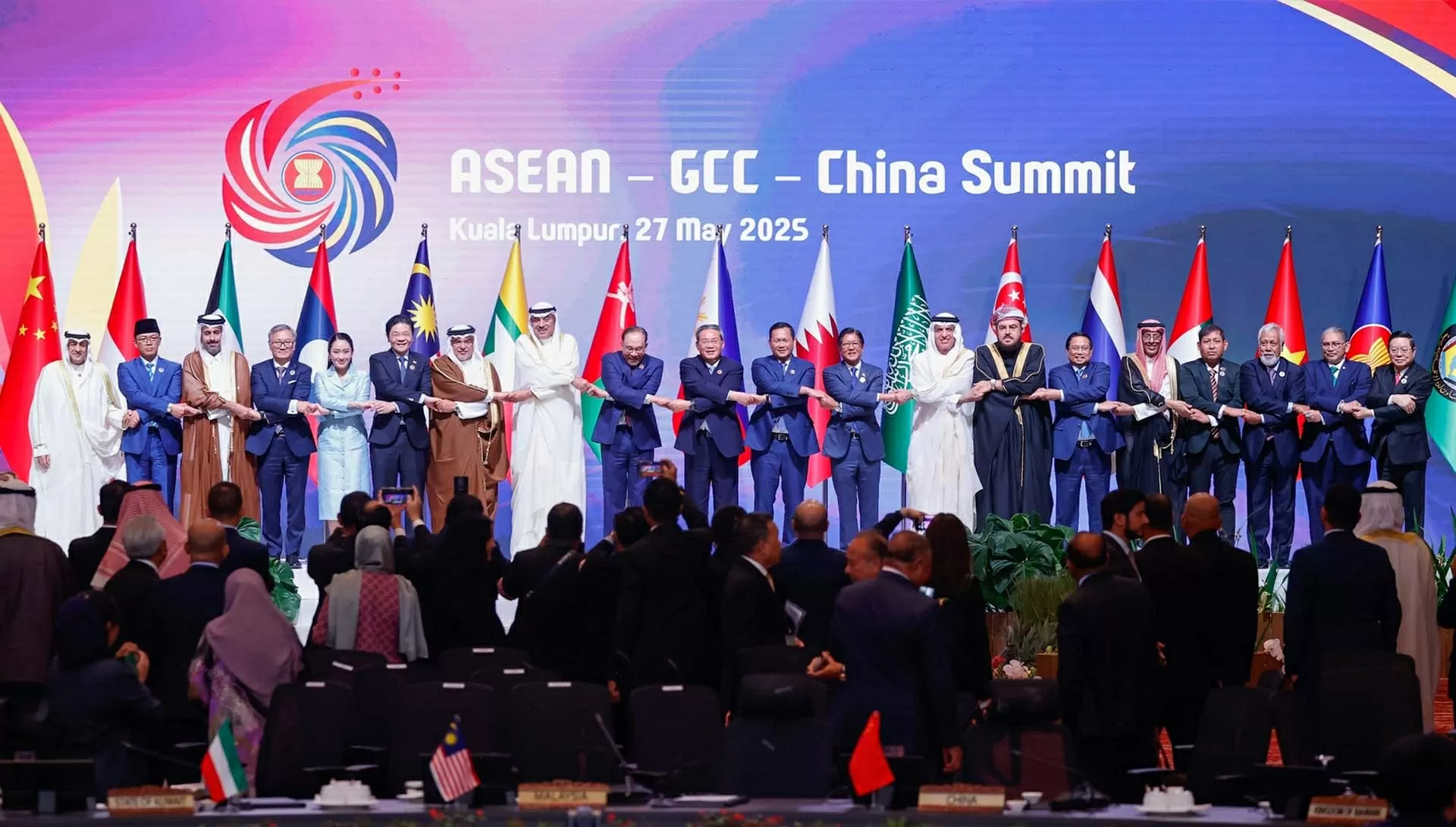 |
| Leaders of countries attending the ASEAN-GCC-China Summit on May 27 in Malaysia. (Source: VGP) |
In the context of increasing trade tensions and protectionism spreading globally, the first Summit between ASEAN, the Gulf Cooperation Council (GCC) and China within the framework of the recent ASEAN Summit in Malaysia has attracted the attention of the international community.
This event marks an important step forward in cooperation between Southern countries, not only for regional development but also for global growth.
Platform for partnership
The three sides have deep economic and historical ties. For centuries, the Silk Road has been a bridge for trade and cultural exchanges between peoples. Today, China remains a key trading partner for both ASEAN and the GCC.
Recent developments, such as the conclusion of negotiations on the ASEAN-China Free Trade Area 3.0, demonstrate the continued efforts to strengthen economic linkages. This long-standing relationship, nurtured through bilateral and multilateral frameworks, has laid a solid foundation for expanded cooperation.
A shared vision for inclusive growth
As strong supporters of trade liberalization, the three partners reaffirmed their commitment to multilateralism.
The summit reflects a clear shift as Southern countries are no longer playing a passive role but are becoming active forces shaping global economic structures.
The discussions highlighted the importance of a rules-based global trading system that focuses on equitable development rather than zero-sum competition. This vision resonates with calls for inclusive and inclusive globalization.
Exploiting complementary strengths
Each region offers its own advantages: ASEAN has natural resources and a young population; the GCC has abundant energy resources and large financial resources; while China has a huge consumer market and strong manufacturing capacity.
By exploiting these complementary strengths, parties can reduce energy and raw material costs, speed up logistics and increase financial services efficiency.
This collaboration will enhance competitiveness and resilience for all three parties, while creating a foundation for safe and sustainable development – essential to cope with global economic fluctuations and maintain growth momentum amid trade uncertainty.
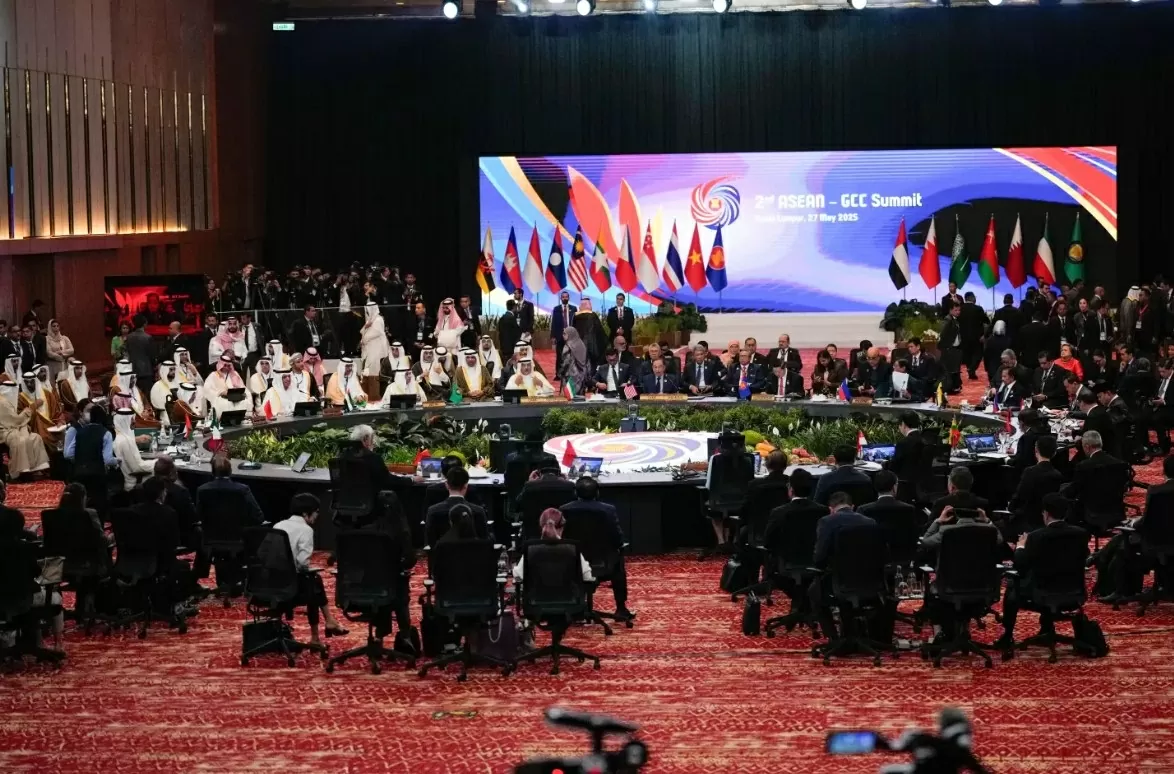 |
| Overview of the ASEAN-GCC-China Summit in Malaysia. (Source: AP) |
Model synergy: 1+1+1 > 3
The trilateral cooperation has recorded initial positive results. Chinese Premier Li Qiang announced at the Summit that China will issue five-year multiple-entry visas to qualified citizens of Southeast Asian countries for trade and other activities, and apply a visa-free policy to all GCC countries.
In addition, the idea of establishing a Regional Business Council is being developed to promote cooperation in key areas such as economic integration, infrastructure connectivity, energy security and sustainability, digital transformation and innovation, agriculture and food, as well as people-to-people exchanges.
With a combined population of nearly a quarter of the world and a similar contribution to global GDP, ASEAN, China and the GCC are showing a preference for cooperation and open regionalism to address common challenges such as trade disputes and supply chain disruptions.
Boosting infrastructure connectivity and improving trade procedures promises to create a synergistic effect, not only adding up but also multiplying the individual strengths of each side.
South-South cooperation model
Amidst the wave of trade competition and tariffs, the most viable path to overcome difficulties is to find strength in unity.
Through the trans-regional cooperation model, the three parties have shown that Southern countries can work together to neutralize the negative impact of trade barriers by expanding investment opportunities, diversifying partners and reducing dependence on traditional markets.
The trilateral market linkage – one of the world’s largest intra-bloc markets – not only brings direct benefits to members but also spreads opportunities to many other countries, contributing to creating more certainty in the global economy.
Bringing together three important forces, this innovative, inclusive and practical model of cooperation demonstrates a shared commitment to a rules-based multilateral trading system, with the World Trade Organization (WTO) at its core. It is a practical step towards a more peaceful, prosperous and equitable future.
Promoting sustainable globalization
In an era of intertwined economies and growing global challenges, globalization remains the dominant trend, but only when countries choose cooperation over isolation.
The ASEAN-GCC-China Summit, a new cooperation mechanism among the countries of the South, demonstrates that geographically and culturally diverse regions can absolutely find common ground to strengthen multilateral frameworks and promote fair trade.
The success of the Summit sends a clear message: Unity does not mean uniformity. Unity thrives when nations overcome differences through structured cooperation. When dialogue and economic interdependence are prioritized, differences become opportunities and common progress is achieved.
In an uncertain world, such cooperation is not just ideal – it is the foundation for solidarity and a more equitable future.
Source: https://baoquocte.vn/hoi-nghi-thuong-dinh-asean-gcc-trung-quoc-chuong-moi-trong-hop-tac-nam-nam-toan-cau-317824.html





![[Photo] Cutting hills to make way for people to travel on route 14E that suffered landslides](https://vphoto.vietnam.vn/thumb/1200x675/vietnam/resource/IMAGE/2025/11/08/1762599969318_ndo_br_thiet-ke-chua-co-ten-2025-11-08t154639923-png.webp)


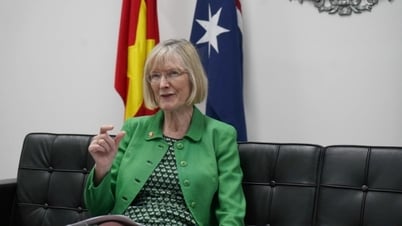
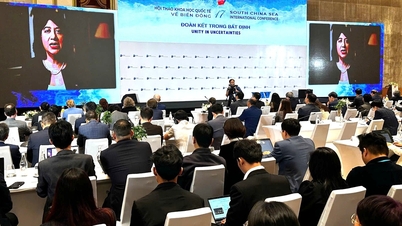




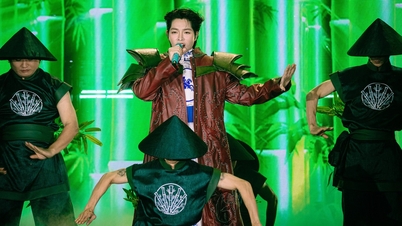

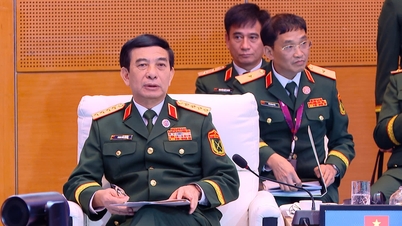


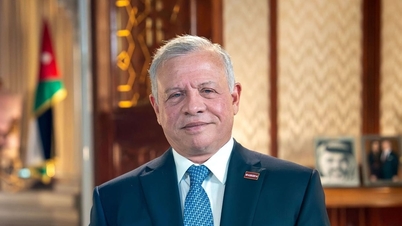
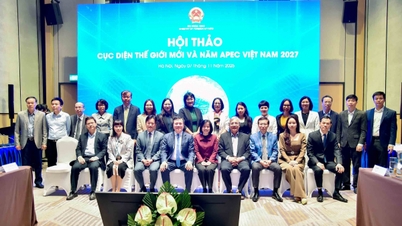


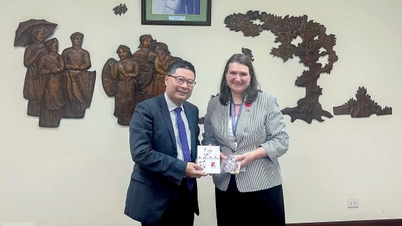
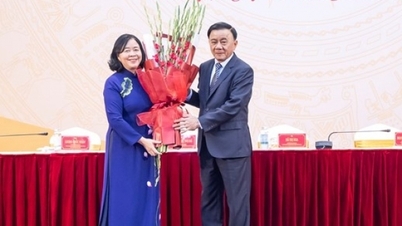



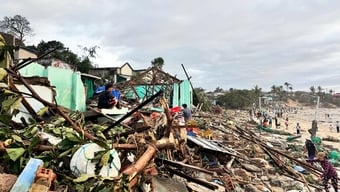
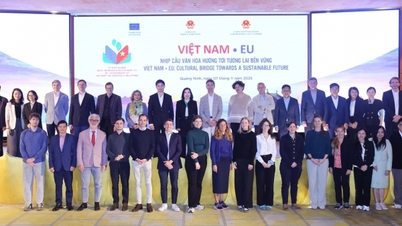

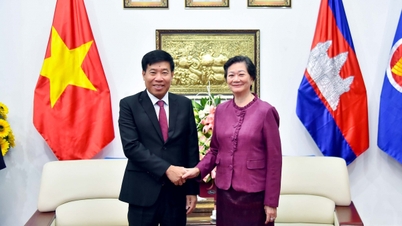


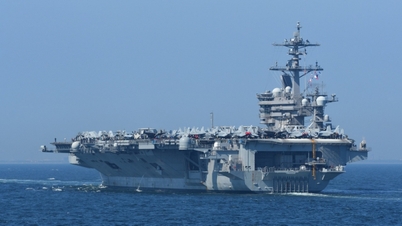







![[Video] Hue Monuments reopen to welcome visitors](https://vphoto.vietnam.vn/thumb/402x226/vietnam/resource/IMAGE/2025/11/05/1762301089171_dung01-05-43-09still013-jpg.webp)




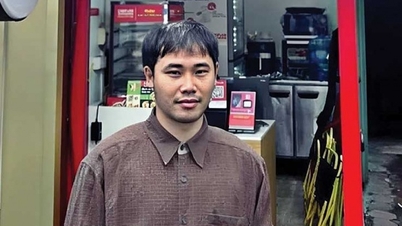







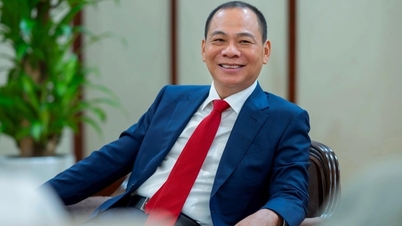


















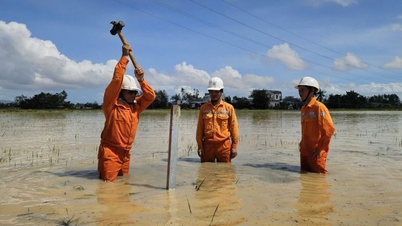








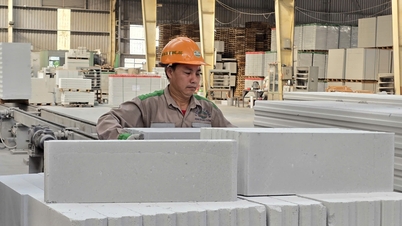





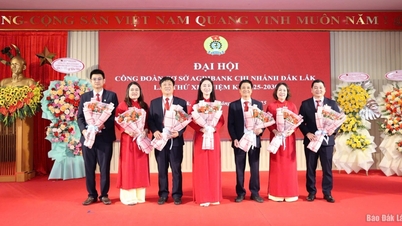



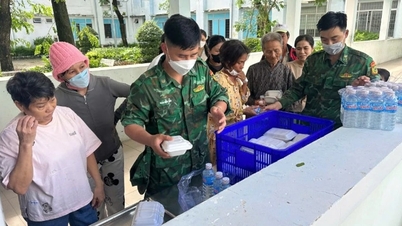
















Comment (0)